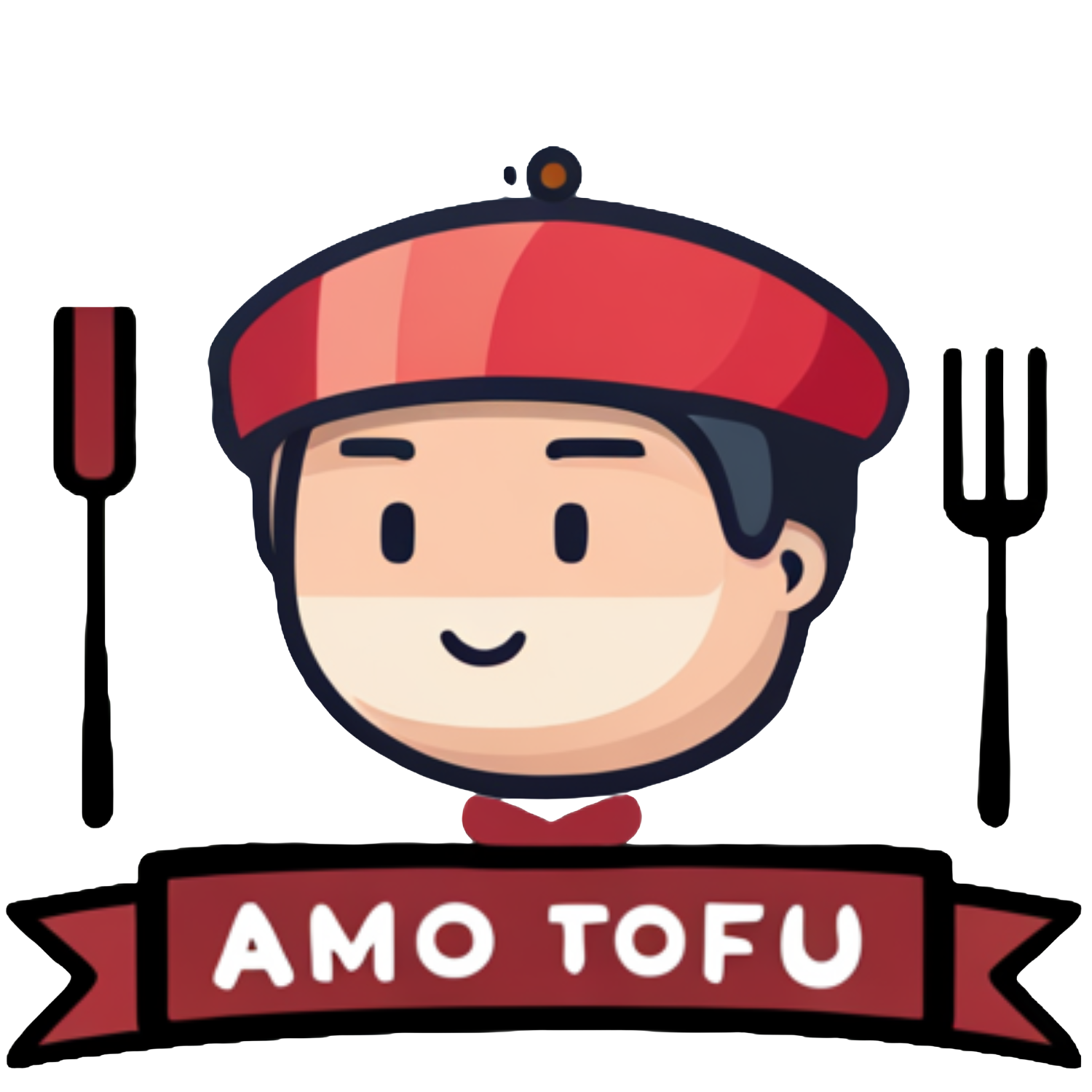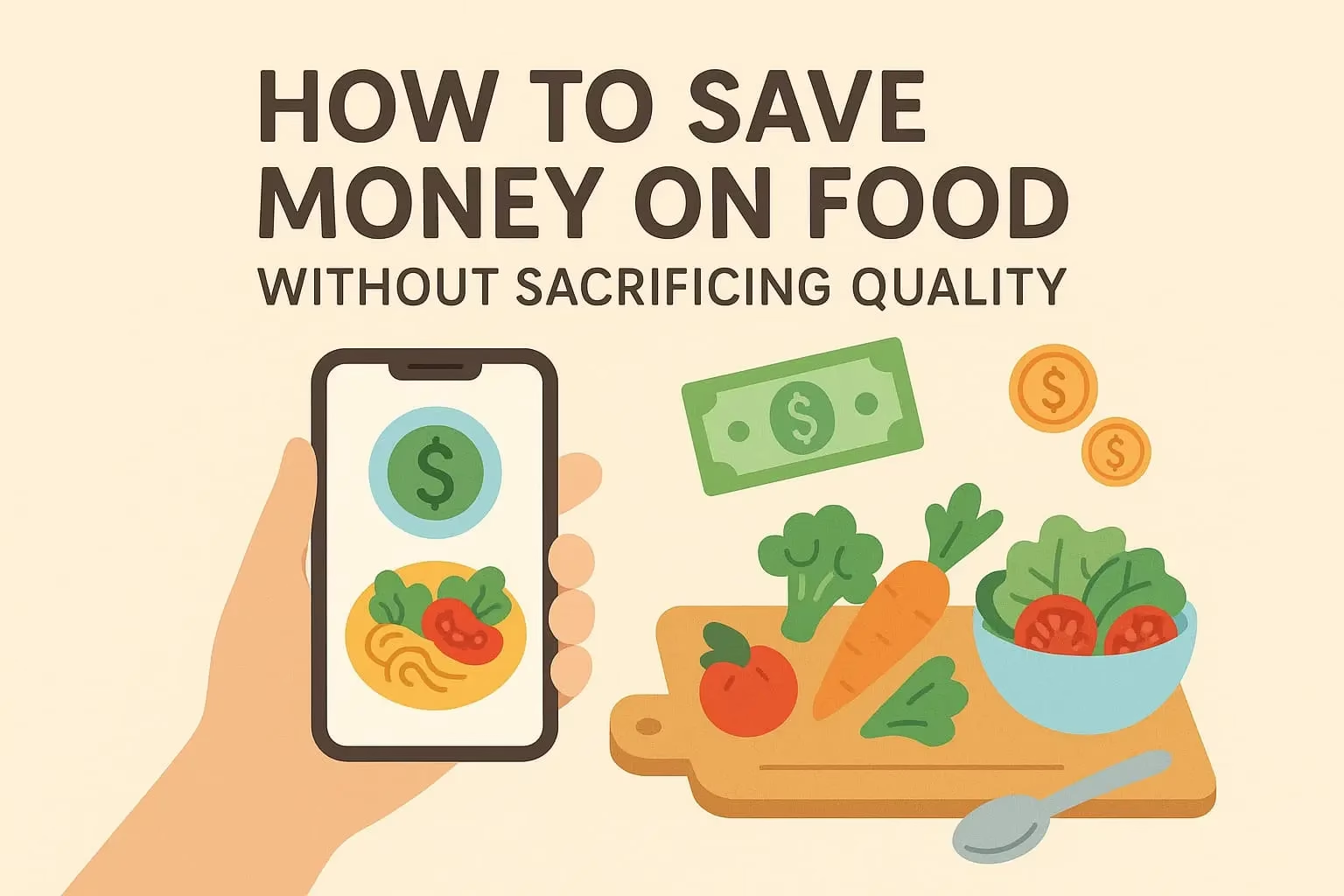Fiber is one of the biggest health benefits of a plant-based diet — yet many people don’t get enough, or they add it too quickly and end up with bloating, gas, or discomfort.
In this guide, you’ll learn how to increase your fiber intake gradually and effectively, why it matters so much for your health, and how to enjoy all the benefits without digestive issues.
Why Fiber Matters (More Than You Think)
Fiber is found only in plants — not in meat, dairy, or eggs — and it plays a crucial role in your health.
Fiber supports:
- Healthy digestion and regularity
- Gut microbiome balance
- Blood sugar stability
- Heart health and cholesterol levels
- Feeling full and satisfied
The recommended intake is:
- 25g/day for women
- 38g/day for men
Most people get far less. But on a whole-food plant-based diet, you can easily meet (or exceed) those numbers — the right way.
Types of Fiber
There are two main types of fiber, and both are important:
1. Soluble Fiber
- Slows digestion, stabilizes blood sugar, lowers cholesterol
- Found in: oats, beans, lentils, flaxseeds, chia seeds, fruits
2. Insoluble Fiber
- Adds bulk to stool, helps prevent constipation
- Found in: whole grains, leafy greens, nuts, seeds, skins of fruits and veggies
Whole plant foods usually contain a mix of both.
1. Increase Fiber Gradually
Going from low-fiber to high-fiber overnight can overwhelm your gut.
Do this:
- Increase fiber slowly over 1–2 weeks
- Start with 1–2 servings of legumes or whole grains per day
- Add more raw vegetables or fruits after a few days
- Chew food thoroughly to help digestion
This gives your gut microbiome time to adjust.
2. Drink More Water
As fiber intake rises, hydration becomes even more important. Without water, fiber can cause sluggish digestion or bloating.
Tips:
- Drink 6–8 glasses of water daily
- Have a glass of water with each meal
- Herbal teas count too
- Add lemon or mint for flavor if needed
Water + fiber = smooth digestion.
3. Focus on Cooked Foods First
Cooked veggies and legumes are gentler on the gut than raw ones, especially at the start of your transition.
Try:
- Cooked carrots, spinach, zucchini, sweet potatoes
- Lentil or bean soups
- Steamed broccoli or kale
- Oatmeal with banana
Raw salads and smoothies can come later once your digestion adapts.
4. Eat More Whole Grains
Whole grains are fiber-rich and versatile — easy to add to almost any meal.
Great options:
- Oats (5g per cup cooked)
- Brown rice (3.5g per cup)
- Quinoa (5g per cup)
- Barley (6g per cup)
- Whole grain pasta or bread (check labels for 3g+ per slice/serving)
Start with small portions and build up from there.
5. Add Legumes to Your Diet
Beans, lentils, and peas are fiber champions — but also high in resistant starch, which can cause gas if added too fast.
Start slow:
- 1/4 cup per meal to begin with
- Rinse canned beans well
- Try lentils (especially red or split), which are easier to digest
- Blend beans into dips, soups, or stews
As your gut adjusts, increase to 1/2–1 cup per day.
6. Snack on Fiber-Rich Foods
Snacks are a great way to add fiber without overloading meals.
Fiber-friendly snacks:
- Chia pudding (8–10g per serving)
- Apple or pear with peanut butter
- Carrot sticks with hummus
- Popcorn (3g per 3 cups, air-popped)
- Trail mix with nuts, seeds, and dried fruit
- Smoothie with flax or hemp seeds
Spread fiber throughout the day, not all at once.
7. Consider Fermented Foods (for Gut Support)
Your gut bacteria play a key role in how well you handle fiber.
Try:
- Sauerkraut
- Kimchi
- Miso
- Tempeh
- Plant-based yogurts with probiotics
A healthy microbiome = smoother digestion and less bloating.
8. Move Your Body
Light movement helps with digestion, especially if you’re increasing fiber.
Do this:
- Go for a short walk after meals
- Do gentle stretching or yoga
- Avoid lying down right after eating
Movement keeps things flowing — naturally.
9. Track Your Reactions (If Needed)
Everyone’s gut reacts differently. Keep track of what foods cause discomfort, and adjust:
- Try smaller portions
- Switch cooked for raw, or vice versa
- Test one new food at a time
- Consider food combining (e.g., beans + rice vs beans + salad)
If symptoms persist, speak to a plant-based nutritionist or health professional.
Final Thoughts: Fiber Is Your Friend — Just Go Slow
Fiber is one of the best things you can add to your diet — for energy, digestion, blood sugar, and long-term health. But the key is to increase it gradually, support it with hydration, and listen to your body.
Let fiber work for you — and enjoy all the benefits that a high-fiber, plant-powered lifestyle has to offer.






